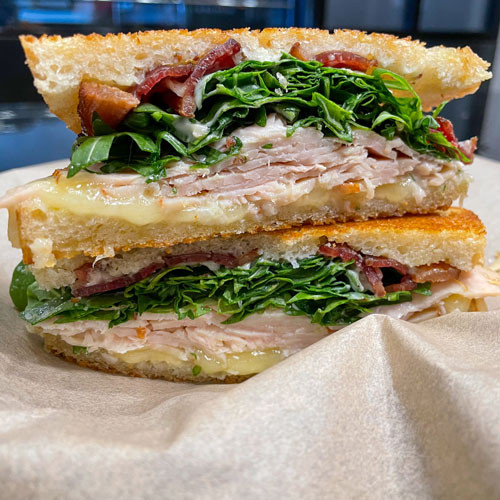


Instead of enjoying their lives in the sea and sand, peekytoe crabs are trapped in cages to be killed, picked apart, and eaten. Now humans pay top dollar for the flesh beneath these crabs’ shells. Peekytoe CrabĪlso known as sand crabs, mud crabs, or rock crabs, peekytoe crabs were considered a throwaway byproduct of the lobster industry-until a seafood company changed their name and began persuading restaurants to sell their bodies. After surviving for hundreds of millions of years, through mass species extinctions and ice ages, horseshoe crabs are now in danger of extinction just because humans want their blood. As a result, horseshoe crab populations along the Atlantic Coast are experiencing serious declines that have had cascading negative effects throughout the ecosystem-including on birds who rely on horseshoe crab eggs for sustenance during long migrations. In laboratories, the crabs are bled alive, and if they survive the process and are released, they often struggle to recover and reproduce. They’re more commonly exploited for their blue blood, which the pharmaceutical industry uses to test for contaminants in vaccines and medical devices.

Typically, only horseshoe crabs’ eggs are eaten by humans. They are also not technically crabs and are actually more closely related to spiders. They’re known as “living fossils” because evidence of their existence has been found from at least 445 million years ago. Horseshoe crabs are fascinating and resilient animals. Another worker repeatedly slammed a shark against the side of a boat and apparently carved off chunks of the animal’s flesh to use as bait. PETA’s investigation found that a worker killed several fish with a hammer so their body parts could be used as bait. Other marine animals also suffer in this industry. One study found that approximately 41% of stone crabs died when one claw was torn off and that nearly two-thirds died when both claws were removed. Removing even one claw compromises crabs’ ability to defend themselves against predators and find food, but fishers often take both claws. This “prized delicacy” comes at the expense of these sensitive animals- in a PETA video, an eyewitness documented that workers tore off their claws and tossed the animals back into the sea. In the Florida stone crab industry, only the claws of stone crabs are sold to be eaten by humans. Humans tear their legs and claws off before pulling the flesh from their broken exoskeletons. These remarkable animals use their legs to migrate each year and can walk up to 100 miles along the ocean floor, traveling a mile each day. Only a quarter of their body is eaten by humans-mostly their claws and legs. King crabs are large animals who can weigh up to 25 pounds. Once they’re dead and cooked, their flesh is pulled from their claws, legs, and bodies. This is also a painful process, since the nerve bundles are extremely sensitive. Occasionally, chefs kill them just before cooking by inserting a sharp knife or screwdriver into their nerve centers. Humans’ justification for boiling crabs alive is that once they die, their flesh immediately starts to rot and become toxic. Humans often cook Dungeness crabs alive by dropping them into boiling water. In 2016 alone, 71 whales were caught in Dungeness crab pots off the coasts of California, Oregon, and Washington. Nevertheless, the crab industry not only kills countless crabs each year but also kills and injures other marine animals. The exoskeleton that evolved to protect blue crabs from predators is tough to get through-so humans rip off their claws, legs, gills, and other body parts before snapping their entire body in half and picking out the flesh.įound living along the sandy sea floor from Alaska to Baja, Mexico, Dungeness crabs aren’t easy to catch. After this terrifying and painful death, humans dissect their carcasses. They’re then often stacked on top of one another in large pots and steamed alive. When humans drag blue crabs from their marine homes, they’re tossed together and kept alive while being transported and sold-an extremely stressful experience for a territorial species. They have great vision, and they can communicate with each other from a distance using both visual and chemical cues. In their natural environment, blue crabs are defensive scavengers who value their territory and aren’t afraid to protect it. Blue Crabīlue crabs are commonly found on the East Coast of the U.S., where humans catch, kill, and tear them apart in order to eat the flesh hidden under their exoskeletons. Here are some of the crab species that humans commonly catch, kill, and eat.


 0 kommentar(er)
0 kommentar(er)
